
 John Callow
John Callow is Visiting Tutor in the History Department of the University of Suffolk and the Head of Education at the General Federation of Trade Unions. He has written widely on Early Modern witchcraft, politics and popular culture. His books include
Witchcraft & Magic in Sixteenth- and Seventeenth-Century Europe, with Geoffrey Scarre; and
James II: King in Exile. He has appeared on the BBCs
The One Show to discuss the roots of Halloween and the BBC Radio 4 documentary
It Must be Witchcraft.
Embracing the Darkness is a refreshing and original perspective on the history of witchcraft. It traces the transformation of the witch over the last 2,000 years from a figure of fear, terror and loathing in late antiquity, and of deadly stereotyping in the great witch-hunts of the early modern period, to one of sympathy even admiration in the resurgence of pagan witchcraft in recent times. The great virtue of Embracing the Darkness lies in its eschewing any simplistic, reductionist explanations of witchcraft in favour of a series of detailed, finely nuanced accounts that give the reader a much richer appreciation of the many ways that the witch has been constructed and imagined in Western culture. Its a terrific example of contextual scholarship.
Philip C. Almond, Professor Emeritus of the Study of Religion, University of Queensland, author of The Lancashire Witches (I.B.Tauris, 2012) and The Witches of Warboys (I.B.Tauris, 2008)
A compelling treatment of the witch in culture, literature and art with a strong social and political critique evident throughout. Callow shows a nuanced appreciation of pagan history, and indeed a sensibility, in Western Europes understanding of witchcraft and magic.
Christina Oakley Harrington, Founder and Director, Treadwells Bookshop, London
Be warned: this is a dangerous, seductive book which contains the power both of metamorphosis and of time travel. Open at any page and step into the past as living, breathing history. With effortless and meticulous scholarship, a playful spirit and the style of a natural-born storyteller, John Callow taps 2,000 years of that most ubiquitous figure of the Western imagination the terrifying, compelling archetype of the witch who has grown up with us from our most intimate individual childhood to our collective, publicly shared cultural and political unconscious. The authors genius is to explain the strange transformation of the witch from a female archetype of fear and hate to a modern-day sympathetic and aspirational figure and forerunner of feminism. He thereby gifts us startling, unexpected delights and the freedom to dream of a new form of an old magic.
Rachel Holmes, author of The Secret Life of Dr James Barry: Victorian Englands Most Eminent Surgeon, African Queen: The Real Life of the Hottentot Venus and Eleanor Marx: A Life
This is one of the most fascinating books on witches and witchcraft that Ive read for some time. Through a sharply discerning lens, separating cultural assumptions from historical fact, John Callow looks at the history of witches and the variety of ways in which they have been viewed. The result is a highly educational tour of an important but too often misunderstood part of our heritage. Embracing the Darkness may lead the reader through shadows, but is a most enlightening book.
Gary Lachman, formerly bass guitarist with Blondie, author of The Secret Teachers of the Western World and Turn off Your Mind: The Mystic Sixties and the Dark Side of the Age of Aquarius
John Callows cultural history of witchcraft is a vivid, compelling, bizarre and terrifying history of devils, witches, demonic seduction and witch-hunts deeply researched, highly readable and strangely relevant for our own times.
Simon Sebag Montefiore, author of The Romanovs

Published in 2018 by
I.B.Tauris & Co. Ltd
London New York
www.ibtauris.com
Copyright 2018 John Callow
The right of John Callow to be identified as the author of this work has been asserted by the author in accordance with the Copyright, Designs and Patents Act 1988.
All rights reserved. Except for brief quotations in a review, this book, or any part thereof, may not be reproduced, stored in or introduced into a retrieval system, or transmitted, in any form or by any means, electronic, mechanical, photocopying, recording or otherwise, without the prior written permission of the publisher.
Every attempt has been made to gain permission for the use of the images in this book.
Any omissions will be rectified in future editions.
References to websites were correct at the time of writing.
ISBN: 978 1 84511 469 5
eISBN: 978 1 78672 261 4
ePDF: 978 1 78673 261 3
A full CIP record for this book is available from the British Library
A full CIP record is available from the Library of Congress
Library of Congress Catalog Card Number: available
Typeset by Riverside Publishing Solutions, Salisbury, UK
Illustrations
The Song of the Whip-poor-Will, from The Illustrated London News, 16 October 1880. The engraver has captured the essence of the witch as an ill-wisher, whose presence in the village community creates discord, fear and suspicion among her younger, and more affluent, neighbours (Authors Collection).
Mother Goose as Witch Woman, an illustration for Old Nursery Rhymes, a childrens book by Arthur Rackham, 1912. An elfin child is spellbound by her tales, while his playmates watch with a mixture of trepidation and fear (Private Collection).
Mother Damnable of Kentish Town, c.1676. The Witch as poisoner, diviner and wanton destitute (Authors Collection).
The Witches Tea Party, or in reality, members of the Order of the Holy and Undivided Trinity, on Founders Day, Castle Rising, Norfolk, in the 1920s. Appearances, and our assumptions, can be deceiving (Library of Congress).
The Witch as the Stuff of Nightmares, a late nineteenth-century print by St Grocholski (Authors Collection).
North Meols: The Witch Made Tangible by Thatch and Woodsmoke, c.19656 (Authors Collection).
The Witch House of Bamberg (Museen der Stadt Bamberg, Inv. No. 1171).
Franconia, a mid-seventeenth-century map, showing the pocket state of Bamberg in the context of its neighbouring territories (Authors Collection).
The Witch Bishop, Johann Georg Fuchs von Dornheim, Prince Bishop of Bamberg, by Michiel van Mereveld (Museen der Stadt Bamberg, Inv. No. 1237).
The Arrival at the Sabbat, by David Teniers, 1632, showing witches engaged in digging up a corpse from under a splintered gallows, gathering herbs and employing image magic to seal their charm. A host of demons, striges and familiar spirits look on. Though Teniers was a Dutch artist, and his painting was bought for the Cabinet of Curiosities of an aristocratic Parisian, this image was engraved and sold for a German audience, giving form to the fears of Bambergs elite (Authors Collection).
Love Magic by the Master of the Lower Rhine



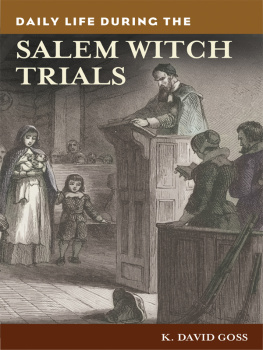
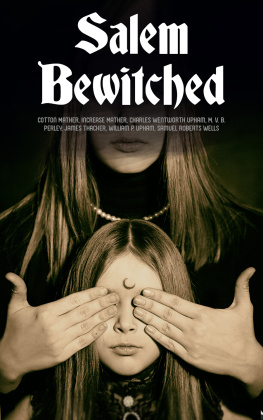

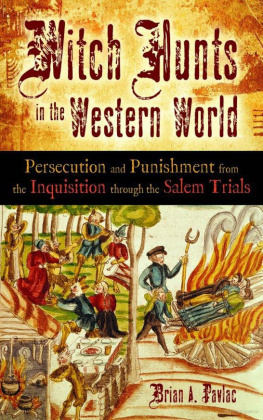
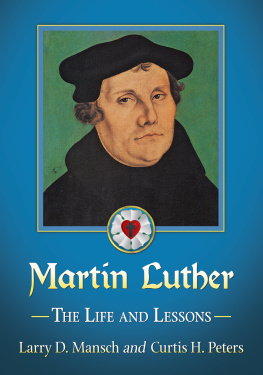

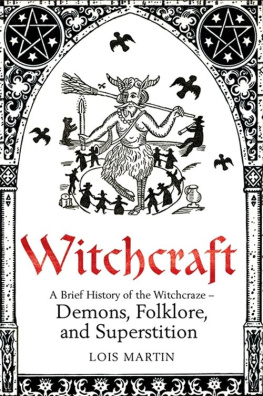

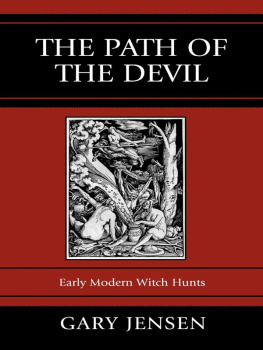

 John Callow is Visiting Tutor in the History Department of the University of Suffolk and the Head of Education at the General Federation of Trade Unions. He has written widely on Early Modern witchcraft, politics and popular culture. His books include Witchcraft & Magic in Sixteenth- and Seventeenth-Century Europe, with Geoffrey Scarre; and James II: King in Exile. He has appeared on the BBCs The One Show to discuss the roots of Halloween and the BBC Radio 4 documentary It Must be Witchcraft.
John Callow is Visiting Tutor in the History Department of the University of Suffolk and the Head of Education at the General Federation of Trade Unions. He has written widely on Early Modern witchcraft, politics and popular culture. His books include Witchcraft & Magic in Sixteenth- and Seventeenth-Century Europe, with Geoffrey Scarre; and James II: King in Exile. He has appeared on the BBCs The One Show to discuss the roots of Halloween and the BBC Radio 4 documentary It Must be Witchcraft. 